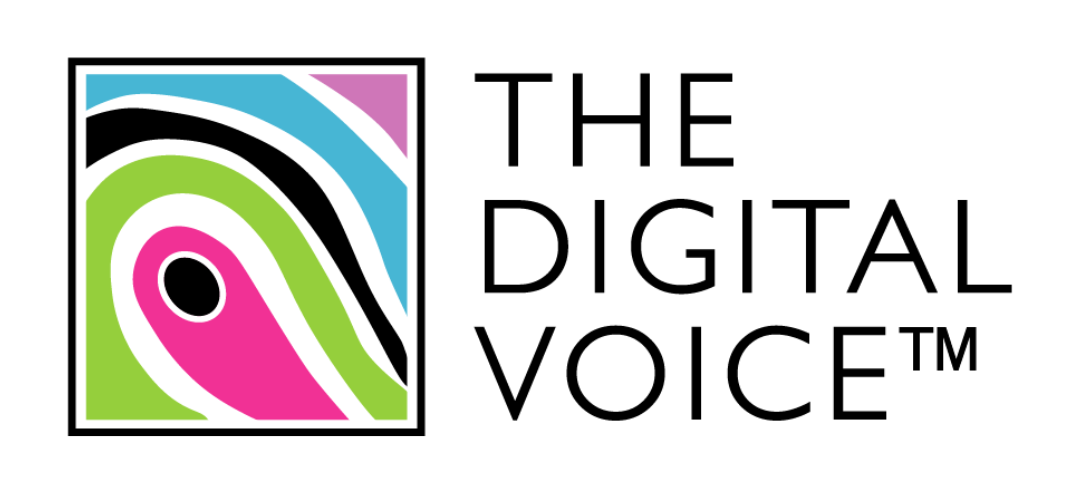How tech can help solve digital advertising’s emissions problem

Marcela Oguntoye, Commercial Operations Director at SeenThis, argues that we all have a part to play in making the digital advertising industry more sustainable, and that technology can help when it comes to cutting emissions …
Sustainability is finally finding its way onto the corporate agenda.
Like every other industry, digital advertising is coming to terms with its responsibilities and looking for ways to conduct itself in more environmentally-friendly ways, with greater sustainable outcomes.
And with online advertising and associated data transfers representing 30% of the total internet infrastructure’s energy consumption, there is no time to lose.
No silver bullet will make our industry more sustainable overnight. Rather, it will be a combination of approaches and collective action across the industry that can mitigate its impact.
By adopting a multifaceted approach that includes technological innovation; policy work; improving supply chain efficiencies; partnering with green technologies; and industry collaboration, we can 100% work towards a more sustainable future in digital advertising, and help the industry achieve its goals.
At SeenThis, our approach is to reduce the amount of data – and therefore the level of emissions – generated by a digital advertising campaign.
Our streaming technology achieves this by only delivering the content needed at any given moment to fit a user’s environment, connectivity and device.
By not sending data while out-of-view, the amount of data transferred is reduced by an average of 40-50%.
At the same time, because SeenThis’ technology enables faster load times and higher quality video rendering, without buffering, performance is also improved.
Our clients have experienced CTR increases of more than 100%, with an average 50% reduction in their target CPA.
Don’t look the other way
When it comes to seemingly complex challenges like sustainability, it’s easy for brands to look the other way once they see the magnitude of the problem, without obvious or off-the-shelf solutions.
For example, say a brand is running a quarterly campaign of 300 million impressions. Knowing the file size associated with the video or the image for the campaign, the brand knows its associated CO2 emissions.
From there, the brand can clearly set out targets and goals and be absolutely deliberate about what is needed to achieve realistic sustainability goals.
And on top of this, they are now able to include these figures as part of their Scope 3 sustainability report. It’s a very empowering exercise in transparency and walking the sustainability talk.
Sustainability is not yet a core KPI, but that is changing. With the GARM standards released and expectations of brands needing to report scope 3 sustainability metrics by 2025, now is a good time to get ahead.
It helps, of course, that what we’re inviting advertisers to adopt is a solution that is both more sustainable, and delivers better performance outcomes. Probably our biggest challenge is to convince them that it isn’t too good to be true.
However, the results always provide the best evidence of impact and scalability.
Positive steps
When we do bring new clients on board, we encourage them to shout about the positive steps they are taking.
We are working to empower client and agency teams with the confidence to stand up and share step-by-step what they are doing about reducing emissions with our technology.
When you are clear and transparent and willing to have the discussion, there is little to fear.
I think anyone leading the sustainability charge in their company should feel empowered by the fact that you are part of a positive change.
You might be the first person on your team who is talking about sustainability, but I find it immensely rewarding, knowing that we are doing the right thing, empowering clients with clear and transparent skills and solutions to calculate and influence how much CO2 their campaigns are producing, and what they are doing to reduce it.
If you can’t push the sustainability issue as strongly as you would like to, push it as far as you can.
Doing something is better than doing nothing.
And if your pleas to do more are constantly met with a “No”, keep asking. Things are changing.
I can think of many clients who were not ready to talk to us a year ago, but who are now leaning in.
We all have an important role to play in making our industry more sustainable. The time to act and push this purpose-driven work forward is now. Years from now, we will look back and see the rewards of the seeds we have planted.
Big changes take time, and I’m excited to see how this one will play out.
Also published in: Mediashotz



